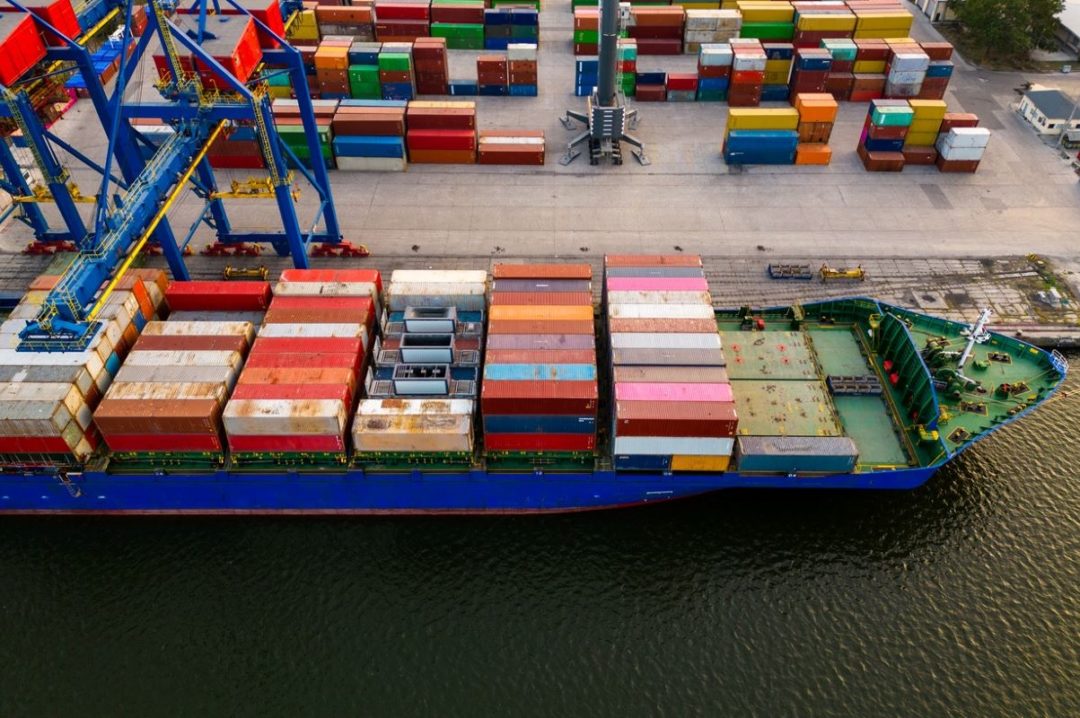
Visit Our Sponsors |
|
|
|
|
|
|
|
|
|
|
|
|
|
|
|
|
|
|
|
|
|
|
|
|
|
|
|
|
|
|
|
|
|
|
|
|
|
|
|
|
|
|
|
|
|
|
|
|
|
|
|
|
|
|
|
|

Photo: iStock/sandsun
Supply chain strategy drives the decision-making process for network design, as well as industrial real estate (plants, distribution centers) required to make the supply chain work. This should be the mantra companies recite when weighing where to locate new physical assets for manufacturing and distribution.
A consulting engagement may result in a network plan calling for new warehouses in Chicago, Atlanta, Dallas-Fort Worth and the Inland Empire. But that doesn’t help a company decide exactly where within each circle on the map to locate each warehouse. Companies should be asking themselves:
The following five factors are major aspects of the decision matrix for any major real estate investment.
1. Lease Rates
Industrial lease rates continue to grow, but at a much slower pace than in the recent past, as economic uncertainty and weak consumer spending dampen leasing activity.
E-commerce demand and low interest rates led to a massive build-out of warehouse space from 2021-2023. Just as much of it was coming online, however, demand fell off, and growth flattened.
The average asking rate in Q2 2024 surpassed $10 per square foot, but grew just 0.9% sequentially from Q1, according to JLL’s U.S. Industrial report.
The 10 most expensive markets in Q2 for warehouse space, according to JLL, were New York, with an average asking rent of $33.21 per square foot, followed by San Francisco ($24.18), Orange County ($19.41), Long Island ($18.62), Los Angeles/Long Beach ($18.55) Silicon Valley ($18.61) Miami/Dade ($17.10), New Jersey ($16.50), Broward Country ($16.18) and San Diego ($16.47).
Net absorption has fallen below pre-pandemic levels, per JLL, at 27.5 million square feet, down from a pandemic high of 141 million square feet in Q4 2021.
Understanding the fast-changing industrial real estate market is critical to making the right long-term decisions around lease negotiations and renewals.
2. The Local Labor Market
With employment rates fluctuating over time, but wages rising steadily, labor availability is a key factor in any location decision.
Manufacturing has seen steady growth over the past five years, even taking into account gyrations of falloff and demand spikes from the pandemic and its aftermath. Demand for warehouse labor fell in 2023 but has been steadily increasing.
According to the U.S. Bureau of Labor Statistics, as of June 2024, states with unemployment rates at 4.6% or above (and thus the largest pools of available labor) were California, Nevada, Washington, Illinois, Kentucky, and New Jersey, plus the District of Columbia. Those with the lowest rates, at 2.7% or below, were North Dakota, South Dakota, Nebraska, Alabama, Virginia, Vermont and New Hampshire.
Attracting and retaining skilled labor has been and will remain a top priority for supply chain professionals. Understanding the labor analytics by market is critical.
3. Transportation and Infrastructure
How close is the facility to ports, rail hubs, highways, or a major airport? Can the yard handle the estimated traffic? If an enterprise can’t afford to be near a major port, is it near an intermodal terminal?
How often can carriers stop at the facility? What are the cutoff times? Especially when it comes to direct-to-consumer or e-commerce, how much of the country can a company reach within a two-day delivery window? Or three or four days?
If it’s a new build, gauge the infrastructure requirements. These days, power grids are being strained by increasing use of EVs and the multi-gigawatt demands of server farms. Check with the local utilities and your ISP to determine if projected needs can be met.
4. Taxes and Incentives
There are many incentive programs aimed at attracting the development of industrial space. Leaning on the expertise of a professional services firm to help sort through the different incentive scenarios is strongly recommended.
In some cases, tax abatement programs on real estate, equipment and inventory can cover the entire tax liability for the building’s value, so a careful examination of the governing statute is a good idea.
Not all property tax abatements are created equal. While a $5 million abatement in one state looks more attractive than a $2 million abatement in another, the second state may have an overall lower tax rate, making it the better bet.
Only nine states fully tax business inventory: Arkansas, Kentucky, Louisiana, Maryland, Mississippi, Oklahoma, Texas, Virginia, and West Virginia. Five other states (Alaska, Georgia, Massachusetts, Michigan, and Vermont) levy partial taxes on business inventory. States that don’t tax inventory are clearly more attractive to more inventory-heavy distribution or fulfillment operations.
5. Risk Mitigation
Considering the pandemic-fueled port backups, and the more recent Red Sea and Panama Canal issues, companies have been working feverishly to de-risk their supply chains. Strategies include diversified sourcing, alternate ports and routes, and reducing reliance on long-haul trucking through increased intermodal/rail and distribution network redesign. Los Angeles/Long Beach and New York/New Jersey are the busiest ports in the country but come with greater risk of backups. What alternate lanes can most efficiently service your location?
Nearshoring is aimed at de-risking supply chains by transferring production and sourcing to Mexico, which has surpassed China as the number one exporter to the U.S. But this can mean a whole new set of logistics considerations in the siting process, possibly requiring a network redesign.
JLL Industrial Addresses the Full Spectrum of Criteria for Fact-Based Decision Making
Companies that are expanding or looking to improve network performance, and are juggling the various factors, including labor, transportation, leasing rates, taxes and incentives, will do well to build a complex, matrixed decision process with real market data to explore various “what if” operating scenarios.
JLL Industrial has the supply chain expertise, market intelligence and data-driven approach to help companies reach their objectives. Our platform model is designed to save time, reduce costs, mitigate risk, and unlock business value.
JLL’s Supply Chain and Logistics Solutions team understands network optimization, site selection, real estate brokerage, incentives negotiations, labor analytics, as well as facility layout and design. A multi-step site selection process analyzes cost/service tradeoffs through an analytical and objective lens.
JLL’s proprietary Talent Intelligence Portal analyzes labor costs, demographics, migration patterns and worker skills and experience. JLL’s location experts dynamically evaluate labor viability based on 500+ industry and demographic variables across 900 markets in real time.
Transportation cost reduction analysis looks at modal allocation, lane efficiency, available capacity and alternative solutions. JLL’s 3PL outsourcing strategy services provide analysis to help drive smarter build vs. buy, and outsource vs. own/lease decisions.
While JLL has traditionally been known for commercial real estate services, its supply chain and logistics expertise help to optimize your supply chain network and reach business objectives.
Resource Guide: https://www.us.jll.com/en/industries/industrial
RELATED CONTENT
RELATED VIDEOS
Timely, incisive articles delivered directly to your inbox.







